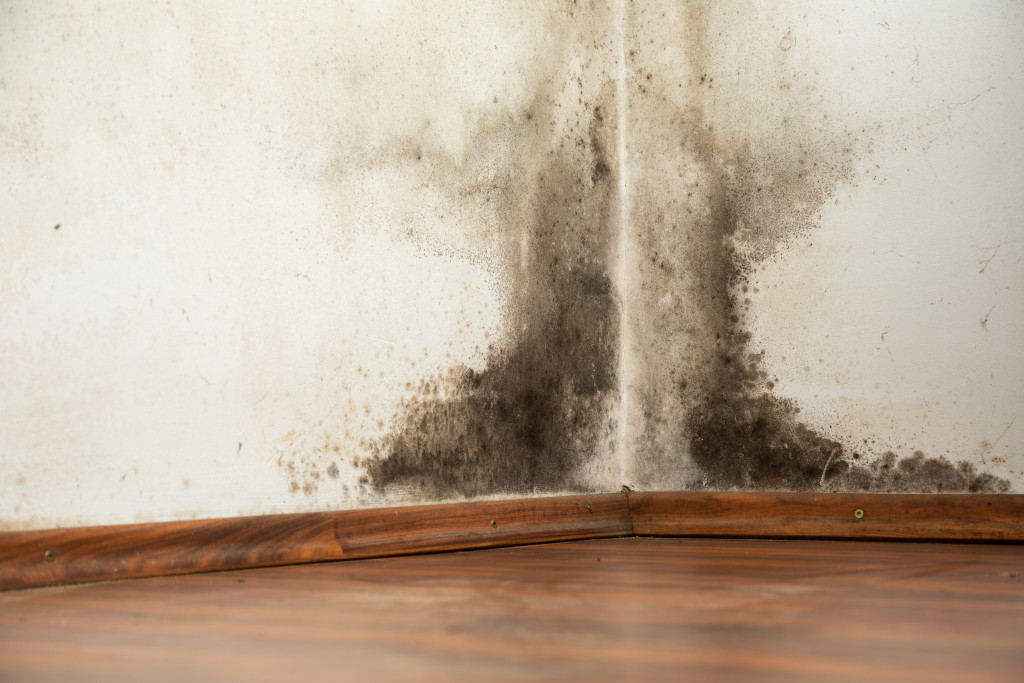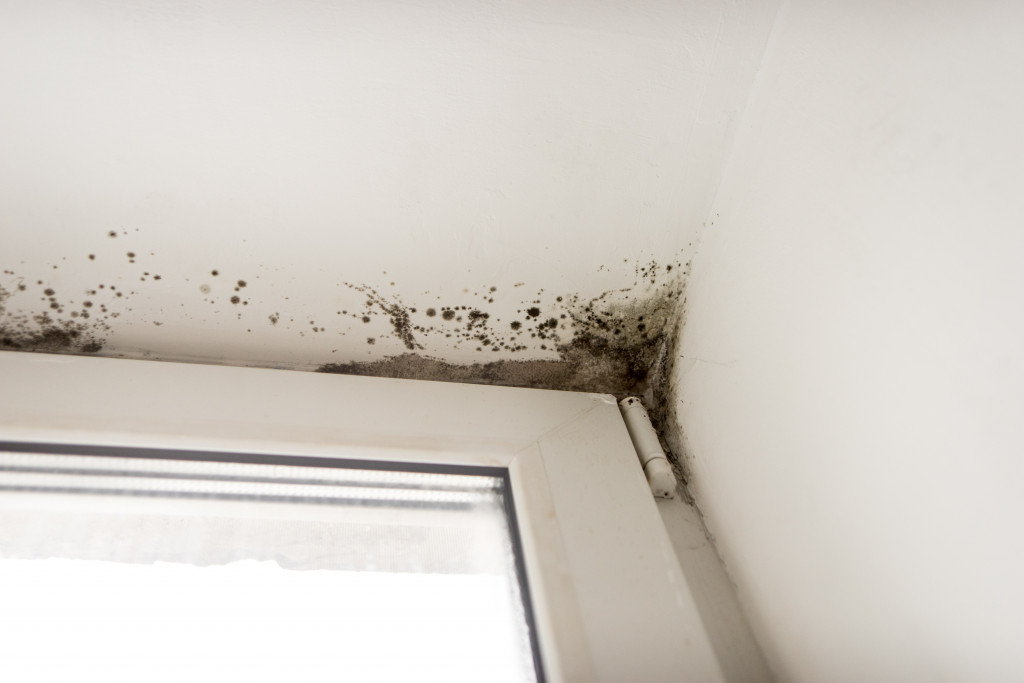Mold is a problem. It can grow everywhere, as long as it is cold and damp or warm and humid. Most of the time, homeowners will find the presence of mold on their walls and ceilings. However, it can also grow in furniture, clothes, books, toys, and other items around the house that are constantly exposed to moisture.
Mold is easy to spot once it starts spreading around the house. It gives off a distinct earthy or musty smell. There will also likely be warping or cracking of whatever material it is growing on.
Left unchecked, mold will become an expensive and dangerous problem.
Mold Toxicity
The presence of mold at home is a threat to health. Mold releases spores that float through the air. Because these spores are so small that the naked would not spot them, they can be inhaled.
Mold exposure can trigger symptoms similar to an allergic reaction: runny nose, sneezing, watery and red eyes, coughing, wheezing, lung irritation, and skin rash. It will exacerbate the symptoms of those who already have asthma, chronic obstructive disorder, cystic fibrosis, and a compromised immune system.
If there is a child in the house, the impact of mold on health will be more severe. One study found that early exposure to mold increases the risk of asthma later in life. Another study found that Aspergillus ochraceus, Aspergillus unguis, and Penicillium variabile are the most common mold species associated with childhood asthma.
Among people with compromised immune systems, such as those undergoing treatment for cancer or have HIV, mold can lead to fungal infection. Aspergillosis is the infection caused by the most common type of mold. Its symptoms are not different from an allergic reaction. However, there are severe cases where the person affected will experience fever, shortness of breath, fatigue, weight loss, and coughing up blood. Seek immediate medical help if this happens to you.
House Damage

Now that you know the negative health impact of mold, understand how it will destroy your house, too.
As soon as you spot mold in the house, you need to take action fast. Delaying its removal will only cost a lot of money. You might have to pay hundreds to thousands of dollars for remediation and repairs, especially if the problem has grown more severe.
If the mold is new, you can probably clear it up with bleach. However, if it has grown to more than 10 square feet, it is time to call the help of professionals. A mold inspector will investigate the root source of the problem. Perhaps, there is a leak on the ceiling that makes the spot damp whenever it rains. Perhaps, the humidity in the house is too high, which can happen if the household is using humidifiers or the air conditioner you are using is not capable of controlling the level of moisture indoors. Either way, it is bad news for the house.
Professionals will be able to remove the mold. In some cases, when the infestation is extensive, cleaning and disinfection will not be enough. They will have to remove the entire wall or ceiling to annihilate the pests.
Rebuilding After a Mold Outbreak
Repairs, therefore, will have to be done. There are local house restoration franchises that have experience with the aftermath of the mold.
The builders will be able to patch the areas that were removed because of mold growth. If walls have been torn down, they will install drywall, paint them, apply wallpapers, and fix trimming. These fixes will not be cheap, so it is best to address the mold problem before morphing into something more serious.
Infestation can also negatively affect the property’s value. If you have plans to sell your house, you might see the cost of the house go down by as much as 10 percent. Buyers are aware of the health impacts of mold exposure, and they know that remediation and restoration will be expensive. They will not be willing to pay your full asking price. In fact, the presence of mold will turn away any potential buyers.
By law, the seller is required to disclose if there is a mold outbreak inside the house. Even if it is not, mold is not exactly a problem that can be hidden.
Mold is dangerous. It can lead to serious health conditions, and it will destroy the house that will be expensive to fix. Moreover, those who have intentions to sell their house will find it challenging to find a buyer willing to pay full price for the property. Mold should be removed immediately to prevent any of these issues.


